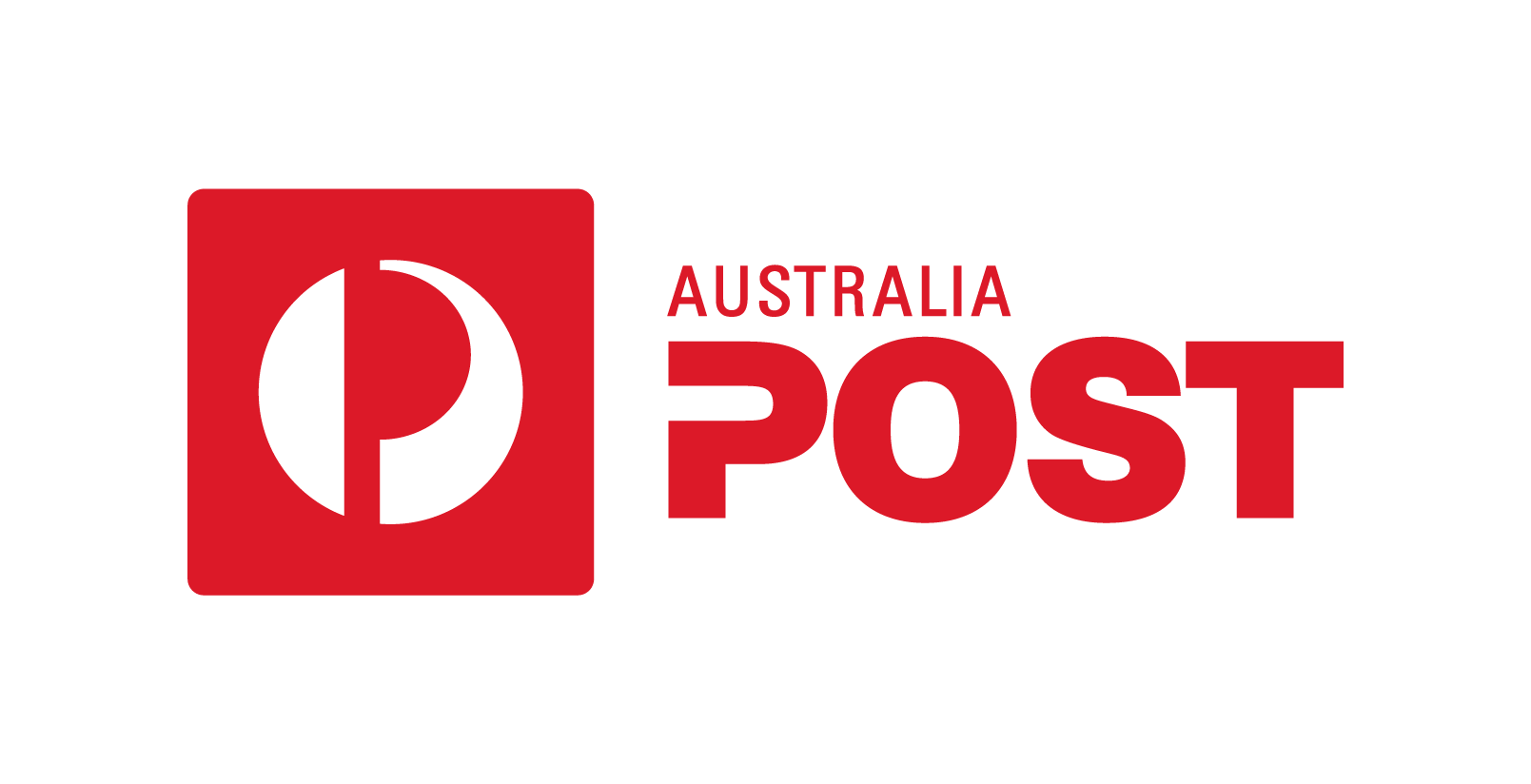
Australia Post has a significant number of touch points across the country. That’s why we have a unique opportunity to identify the environmental risks relevant to our business, and in turn deliver tangible improvements for our people, customers and communities. We achieve this by influencing our operational decisions, and fostering efficiency and productivity to help solve environmental challenges that also deliver better commercial outcomes for Australia Post and our Shareholder.
Project implemented: 2010
To Increase energy efficiency
At Australia Post we’re always looking for ways to improve energy efficiency in Australia Post buildings and facilities. Our building network accounts for around two-thirds of our Scope 1 and 2 emissions.
Our National Energy Management Plan, established in 2010, with a $10 million investment in energy efficient initiatives, including air-conditioning and lighting upgrades, light sensors and skylights, as well as heating and cooling system improvements. This program has reduced our electricity consumption by 18,000 MWh, saved 17,000 tonnes of carbon and allows us to achieve a cost saving of $3 million annually.
Following the establishment of a dedicated Research and Development Program in 2013, we introduced of a range of products to drive energy and cost efficiency across our facilities. These included lighting and Heating Ventilation and Cooling (HVAC) controls, energy efficient lighting, rapid doors and insulation. And most recently, on-site solar generation, with the installation of PV solar systems at over 48 sites across Australia. This program reduced electricity consumption by 4,000 MWh and saves 3,200 tonnes of carbon and $1 million annually.
In 2014 we invested $45 million to upgrade StarTrack House in Sydney, Australia Post’s NSW headquarters for nearly 50 years. StarTrack House now includes our largest rooftop solar photovoltaic installation with a capacity of 370MWh of electricity per annum. As a result StarTrack House went from a National Australian Built Environment Rating System (NABERS) 2.5 Star Energy Rating to a 5 Star Rating with both NABERS and Green Star.
In November 2017, we installed a 2.1 MW solar array at our Sydney Parcel Facility, making it at the time Australia’s largest commercial solar system. The system will deliver $800,000 in savings in the first year and deliver a 2,260 tonne reduction in greenhouse gas emissions — enough to power 40 Australia Post retail outlets and 440 average Sydney homes.
To find out more, read our 2017 Annual Report at auspost.com.au/about-us/news-media/publications

